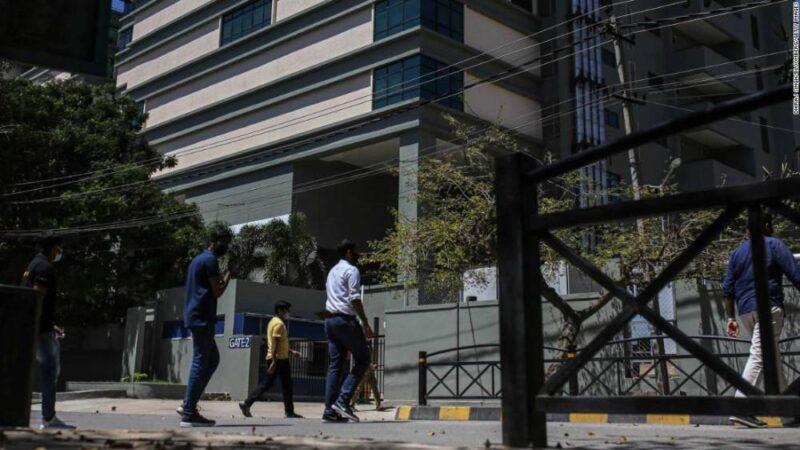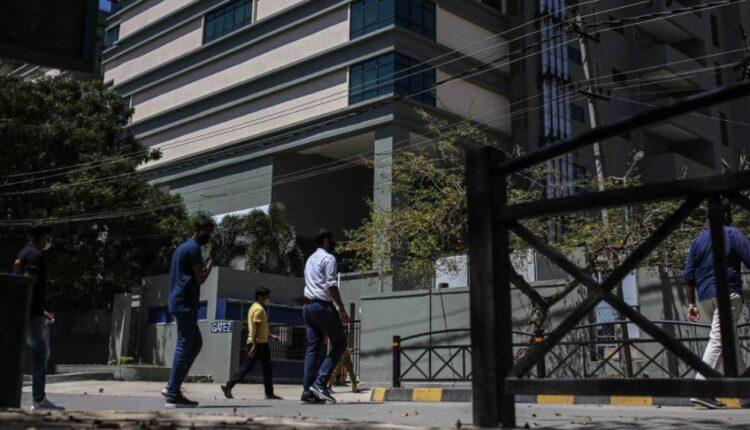New Delhi (CNN Business)India’s economy grew at a record pace in the second quarter, even as the country grappled with a devastating wave of Covid-19. But Asia’s third largest economy isn’t out of the woods yet and remains smaller than at the start of the pandemic.
GDP rose 20.1% in the three months to June 30, compared with the same period a year earlier. The big jump reflects a rebound from the deep slump in activity in 2020, when Prime Minister Narendra Modi imposed one of the world’s toughest lockdowns on 1.3 billion people, restricting business and travel for months and plunging the country into its first recession in decades.”The record year-on-year rise in Indian GDP in Q2 was due entirely to base effects,” wrote Shilan Shah, senior India economist at Capital Economics in a research note. This time last year, India posted a 24% fall in GDP.
India had just begun to claw its way out of the slump earlier this year when a second wave of the coronavirus — believed by experts to have been sparked by the now-global Delta variant — engulfed the country. For weeks, India reported thousands of Covid-related deaths every day.
Even as the infection rate spiraled, Modi resisted pressure to impose another national lockdown, a strategy intended to prevent millions of people from slipping back into poverty. That meant that even though the human cost of this spring’s outbreak was staggering, economic activity rebounded rapidly once cases started declining.

TCS employs more than 500,000 people. It's ready to ditch office life for many in IndiaRead MoreStill, the second wave took its toll on the economy. India does not provide official quarter-on-quarter GDP data, but Capital Economics estimates that the economy shrank by 12% in the April-June period compared with the preceding three months. “[This] contraction is… very large by historic standards, and sharper than we had been anticipating,” Shah added.Anagha Deodhar, chief economist at ICICI Securities, said Tuesday’s annual growth figure was weaker than she was expecting.”If you look at pre-pandemic levels, we are still a smaller economy by 3 trillion rupees ($41 billion),” Deodhar told CNN Business, adding that manufacturing, agriculture and exports have done well for the country recently. “Exports are driving growth mainly because global economy is recovering faster than the domestic one.”Business activity has inched above pre-pandemic levels for the past three weeks, according to a Business Resumption Index compiled by Nomura, which tracks mobility indices, power demand and the labor force participation rate, among other metrics.
There are other positive signs as well: India’s vaccination rate has picked up, with the country on track to fully vaccinate about half of the population by the end of the year, Nomura analysts said. But the economic recovery still faces threats over the next few months, as cases begin to rise again in the Southern Indian state of Kerala. The Nomura analysts said a potential third wave “cannot be ruled out,” especially with the festive Diwali season approaching.
Source: edition.cnn.com

